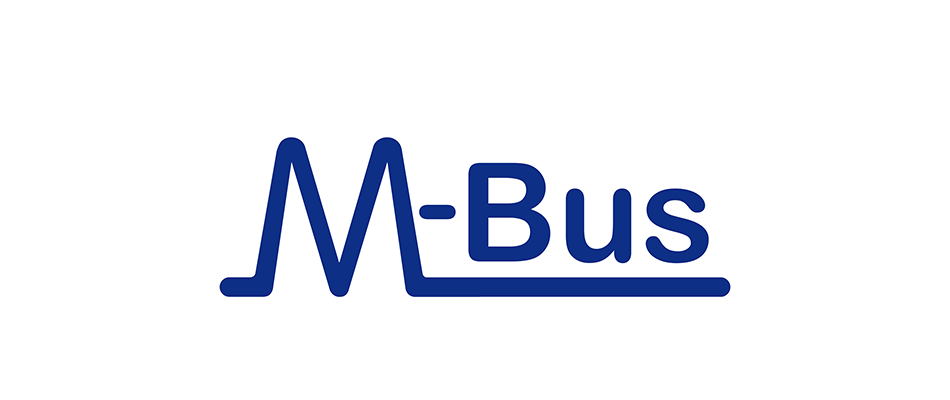

Wireless M-Bus, short for "Wireless Meter-Bus", is a European standard (EN 13757-4) specifically developed for wireless remote reading of gas, water, heat and electricity consumption meters. This standard enables automated data collection, transmission and processing, enabling efficient and precise consumption measurement and billing. This article takes a detailed look at the technical principles, applications, advantages and challenges of Wireless M-Bus.
technical basics
Wireless M-Bus works on various frequency bands that are approved for short-range communication in Europe, primarily in the 868 MHz band. The standard defines several communication modes (S, T, C, N and F mode), which differ in terms of range, data transfer rate and energy consumption. This allows devices to select the optimal mode depending on the application and environmental conditions.
The security of transmitted data is ensured through encryption and authentication to prevent manipulation and unauthorized access. The latest versions of the standard offer enhanced security features, including dynamic key management and stronger encryption mechanisms.
Applications
Wireless M-Bus is mainly used in remote reading (smart metering) of energy and water consumption meters. The technology enables the automated collection of consumption data, which can then be used for billing purposes, network monitoring or consumption optimization. In addition, Wireless M-Bus finds application in building automation systems to monitor heating, ventilation and air conditioning (HVAC) systems, contributing to more efficient use of energy.
Advantages
Wireless M-Bus offers numerous advantages, including:
challenges
Despite its advantages, Wireless M-Bus faces some challenges:
Wireless M-Bus plays a crucial role in digitizing and increasing the efficiency of energy and water supply systems. By providing a reliable, secure and flexible wireless data communications solution, the standard supports the development of smart cities and energy-efficient buildings. Despite the challenges that need to be overcome, Wireless M-Bus offers a solid basis for the further development of smart metering.
OMS and M-Bus: The connection
Summary
The connection between OMS and M-Bus is that OMS builds on and extends the M-Bus standard to achieve greater interoperability, security and efficiency in communication between different types of measurement devices. By creating an open and uniform standard, OMS contributes significantly to overcoming the challenges arising from the diversity of existing metering systems and the need for their integration.
LUPUS cloud as an OMS/M-BUS platform
The LUPUS cloud platform enables efficient and centralized building management. It provides users with real-time access to critical data that helps improve operational efficiency, energy savings and cost reduction. By analyzing the collected data, preventive maintenance work can be planned and downtime can be minimized. It also improves security by providing immediate notifications when anomalies occur. This system not only promotes more sustainable building use, but also increases comfort for residents.